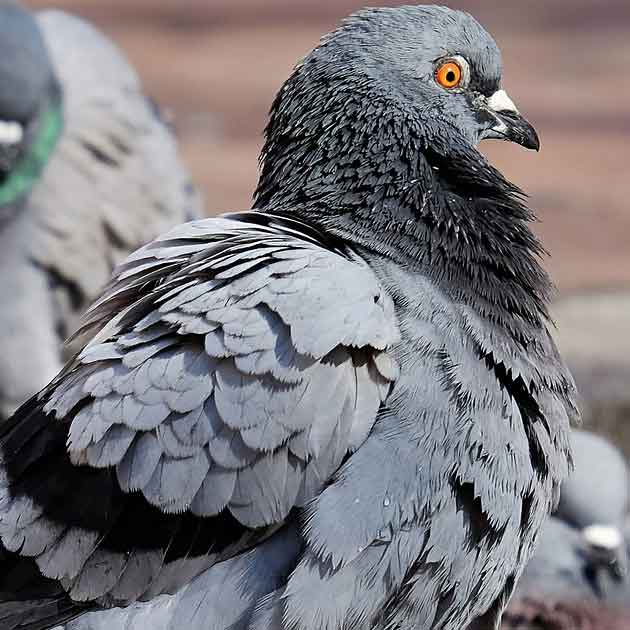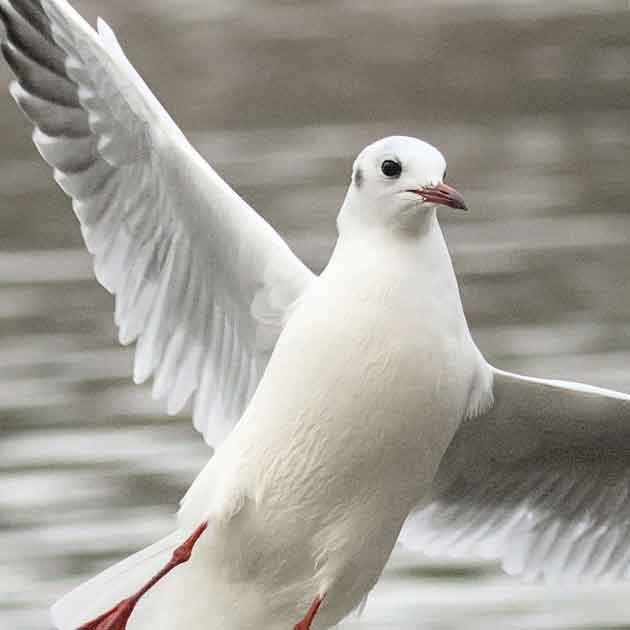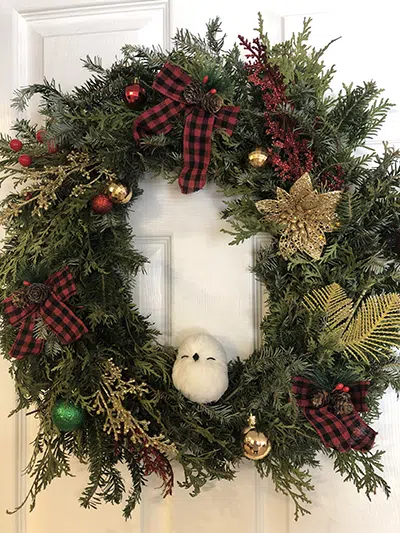Common pigeons (Columba livia) have been found on buildings, machinery, and structures of all materials forever. We know that pigeon feces is highly acidic and corosive by nature. From steel bridges to roof top materials, from venting units to signage... pigeon droppings are highly destructive. Of course, then there is the health aspect.
Bird excreta, or “guano,” is a combination of urine and fecal matter. Unlike in mammals, for example, excreta in birds do not occur as discrete entities of solid and liquid waste. In some bird species, the urine and fecal matter are mixed, and in others, there is a distinctly visible urinary (white) and fecal (brown or green) portion. The whitish part of bird excreta is an aqueous suspension of uricite crystals (the end product of aminoacid metabolism), which are largely insoluble under normal environmental conditions. The brown or green part is the fecal matter, coated with a thin layer of urea and uric acids, often coated with mucus. When pigeon excreta are dissolved by rain, these crystals are redeposited and may form white staining. Non-crystallized uric acid has been associated with the decay of structural and ornamental sandstone; paint finishes; and metals in outdoor sculpture, gutters, and composite roofs. Phosphoric acid from pigeon excreta has been attributed to damage of architectural marble in Venice.
So, what about historic limestone or sandstone buildings and statues?
You would think that this question would have been answered in length ages ago. However, it seems that as of 2004 it had not.
A recent study and subsequent article ("Soluble salt minerals from pigeon droppings as potential contributors to the decay of stone based Cultural Heritage") looked at whether accumulated pigeon droppings could be a source of salts and low pH that could damage limestone.
Researchers investigated almost 12 inches deep piles of pigeon droppings that were not exposed to rain. Their samples included both dry and fresh droppings. These samples were used in two different tests. Test one sought to determine the droppings' insoluble inorganic solids and salt content. The second test looked at the pH of the feces when mixed with water. Some of the liquid/material from the second test was applied to blocks of highly porous micritic limestone to determine the level or amount of damage, if any, to the limestone.
Researchers found that when water mixes with pigeon droppings, the resulting liquid is not only acidic but very salty. These findings contradict some earlier research, which suggested that pigeon droppings had limited negative effects on building stones. The article's authors contend that pigeon droppings are in fact a significant source of salts capable of damaging historical buildings as well as diminishing their visual beauty.
These recent tests showed how salts and the crystals associated with them broke limestone grains, thereby damaging the limestone's very integrity.
We are here to help you deal with Pest Bird Control and avoid potential health hazards, costly damage to property, and loss of product and/or productivity (especially in the food and healthcare sectors) if pest birds are not addressed immediately.
Now with 7 Locations ( 6 In Canada and 1 in the U.S), we are ready to serve you better in Acton, Toronto, Oshawa, Bowmanville, two locations in Mississauga and West Palm Beach in Florida.
Contact us today or Email us at [email protected] if you need help with pest bird control and/or pest bird removal.
Pest Birds such as Cormorants, Crows, Ducks, Doves, Geese, Grackels, Seagulls, Pigeons, Robins, Sparrows and Starlings.














